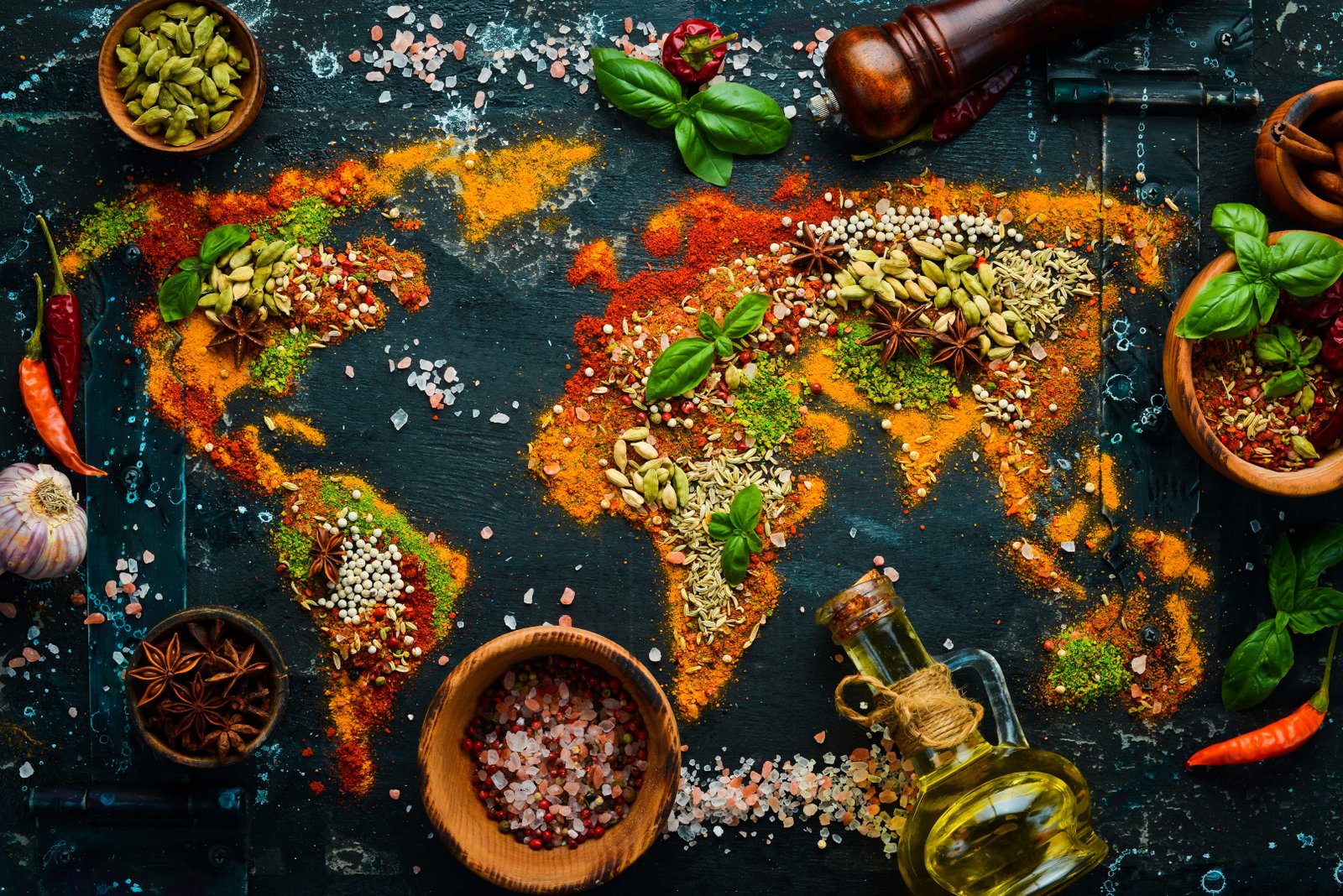The Spice Route's Influence on Global Cuisines
The ancient Spice Route not only transported goods but also spread flavors and culinary techniques across continents. From the warm spices of India to the herbs of the Mediterranean, the route helped create today’s diverse global cuisines. Explore More
Flavors Across Continents
From Asia to Europe, the Spice Route introduced ingredients and flavors that transformed local diets. It’s a journey through the spices that connected distant lands and enriched countless culinary traditions.
Learn MoreIconic Ingredients From the Spice Route
Indian Spices
India's spices like turmeric, cumin, and cardamom traveled the world, infusing cuisines from Europe to Southeast Asia with bold flavors and healthful properties.
Middle Eastern Herbs
Herbs like coriander and mint from the Middle East added freshness to dishes across Europe, influencing flavors in Mediterranean and North African cuisine.
European Use of Cinnamon
Cinnamon, initially rare and highly prized in Europe, was a status symbol that gradually became a staple in European desserts, teas, and pastries.
What Food Lovers Say
Exploring the Spice Route reveals not just flavors, but stories of exchange, adaptation, and innovation that continue to shape cuisines worldwide.

Alex B., Food Historian
"The Spice Route is a remarkable journey through history, connecting continents through the flavors that transformed cooking traditions."

Maya K., Culinary Enthusiast
"Discovering the spices and ingredients that shaped modern cuisines has deepened my appreciation for the cultural depth of every meal."

John R., Chef
"From pepper to saffron, the Spice Route introduced flavors that are now indispensable in kitchens worldwide."
